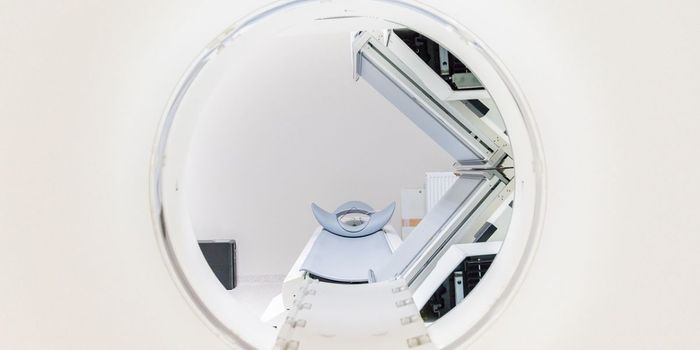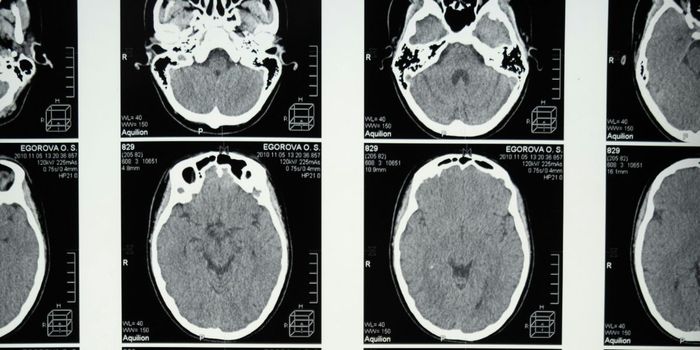How Smell Triggers Memory in the Brain
Dopamine signaling and fan cells in the medial temporal lobe play a key role in associative memory formation. The corresponding study was published in Nature by researchers at the University of California Davis.
Current knowledge suggests that associative memories are created in the medial temporal lobe, known as the brain’s ‘memory center’. However, until now, the specific cells involved in this process have remained unknown.
For the study, the researchers used electrophysiological recordings to record activity in the medial temporal lobe in mice as they learned to associate certain smells with rewards. In doing so, they found that cells in the lateral entorhinal cortex (LEC) of the medial temporal lobe known as 'layer 2a fan cells' modulated the formation of associative memories in response to dopamine signaling.
To check their findings, the researchers then inhibited the fan cells via optogenetics and found that mice were less able to make new associations. The mice were still able to retrieve pre-learned associations.
Next, using fibre photometry, they found that dopamine sends novelty-induced reward expectation signals to the LEC. Disrupting these signals disrupted the activity of fan cells, which went on to inhibit memory formation.
“We never expected that dopamine is involved in the memory circuit. However, when the evidence accumulated, it gradually became clear that dopamine is involved,” said Kei Igarashi, lead author of the paper. “These experiments were like a detective story for us, and we are excited about the results.”
The researchers concluded that dopamine signaling to fan cells facilitates the creation of new associative memories. As associative memories are known to be affected in neurodegenerative diseases such as Alzheimer’s, the researchers hope that their findings will provide a first step for developing new therapeutics to address the loss of this memory.
Sources: Nature, Neuroscience News









